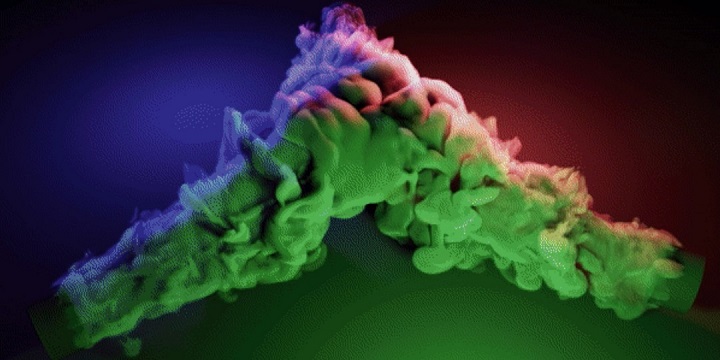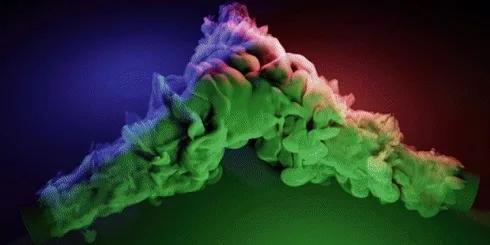The company has let the genie out of the bottle, making the PhysX 5 SDK open source and available outside of Omniverse.

The wait is over. After two years in Omniverse, Nvidia has open-sourced its PhysX 5 physics engine, making it available with the same license as the company’s PhysX 4. Developers now can access the SDK on GitHub to build physics simulations. The newest version includes support for Nvidia Flex, opening up the door for liquid, cloth, and inflatable objects using position-based dynamics running on GPUs.
Nvidia open-sourced PhysX in 2018, when the tool was primarily used for making games. PhysX 5 will join a wide variety of tools that the gaming industry pioneered but have a much wider use case. Now, PhysX 5 is the primary physics engine used in Omniverse that industry leaders in robotics, factory automation, and visual effects use. That’s why Nvidia keeping it open source is a big deal—the tech giants all claimed metaverses and Web3 content would be open and accessible, but small-time developers cannot shell out money for expensive licenses.
“Having a powerful, open-source tool for physics like Nvidia’s new PhysX 5 library is a critical part of the realism delivered by the Open 3D Engine. As PhysX use cases spread to other important 3D domains like simulation and digital twins, we are excited to see Nvidia working with open source, allowing everyone to harness the innovation and collaboration that these communities can bring,” said Royal O’Brien, executive director at the Open 3D Foundation and general manager of digital media and games at the Linux Foundation.

Users can now define custom geometries, which support cylinder shapes or block-based worlds. For large physics simulations, both CPU and GPU parallel computing performance have been improved. PhysX 5 SDK also supports Nvidia Flex, which opens up finite-element model-based soft-body dynamics for GPUs. While not technically dependent on PhysX, the Nvidia Flow and Nvidia Blast libraries are now part of the PhysX family. Flow is bundled with the PhysX SDK in GitHub; Blast will be added soon.






